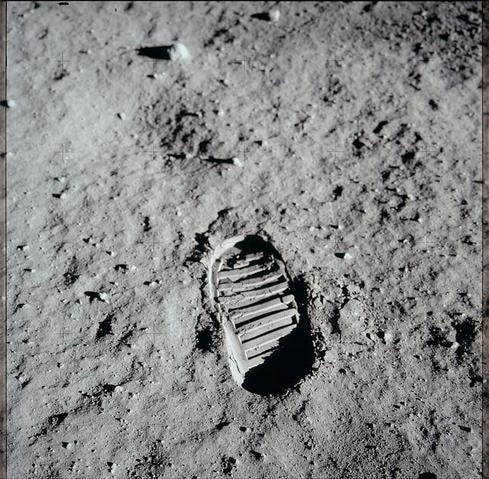NASA Finds Martian Atmosphere Stripped By Solar Storms
NASA is on a roll with another intriguing discovery that the loss of atmosphere on Mars was due to eons of solar storms.


NASA's Apollo Archive: 10 More Breathtaking Images
NASA's Apollo Archive: 10 More Breathtaking Images (Click image for larger view and slideshow.)
Mars is back at the forefront of the public's imagination again, thanks to the blockbuster sci-fi thriller The Martian and NASA's discovery of liquid water on the planet's surface.
And now it's about to get a lot more interesting.
This week, NASA research revealed that eons of solar storms stripped ions from the planet's upper atmosphere, transforming a formerly warm and wet environment that might have supported surface life to the cold, arid body Mars is today.
The discovery comes thanks to NASA's Mars Atmosphere and Volatile Evolution (MAVEN) spacecraft, which tracks how solar wind and ultraviolet light strip gas from of the top of the planet's atmosphere.
"Like the theft of a few coins from a cash register every day, the loss becomes significant over time," Bruce Jakosky, MAVEN's principal investigator at the University of Colorado, Boulder, wrote in a Nov. 5 statement. "We've seen that the atmospheric erosion increases significantly during solar storms, so we think the loss rate was much higher billions of years ago when the sun was young and more active.
The goal of NASA's MAVEN mission, launched to Mars in November 2013, is to determine how much of the planet's atmosphere and water have been lost to space. It's also the first such mission devoted to understanding how the sun might have influenced atmospheric changes on the Red Planet.
The most recent results indicate that atmospheric loss is experienced in three different regions of Mars: Down the "tail," where the solar wind flows behind Mars and where almost three-quarters of the escaping ions come from; above the Martian poles in a "polar plume"; and from an extended cloud of gas surrounding the planet.
Nearly 25% of escaping ions are from the plume region, with just a minor contribution from the extended cloud, the MAVEN mission discovered.
"Mars appears to have had a thick atmosphere warm enough to support liquid water which is a key ingredient and medium for life as we currently know it," John Grunsfeld, astronaut and associate administrator for the NASA Science Mission Directorate, wrote in a statement. "Understanding what happened to the Mars atmosphere will inform our knowledge of the dynamics and evolution of any planetary atmosphere."
Grunsfield explained learning what can cause changes to a planet's environment from one that could host microbes at the surface to one that doesn't is important to know, and is a key question that is being addressed in NASA's journey to Mars.
[Do you have the right stuff? NASA wants to talk to you..]
The findings also revealed that the erosion of the Martian atmosphere increases significantly during solar storms. A series of dramatic solar storms hit the planet in March 2015, and MAVEN found that the loss of ions was accelerated.
Solar winds are streams of particles, mainly protons and electrons, flowing from the sun's atmosphere at a speed of about 1 million miles per hour.
Unlike Earth, Mars lacks a global magnetic field to deflect the incoming solar wind. Instead, charged particles from the Sun crash into the Mars upper atmosphere, and can accelerate Martian ions into space.
The space agency also revealed an animation showing the impact of solar wind on the Martian atmosphere over time -- MAVEN observed this process in action for the first time by measuring the velocity of ions escaping from Mars.
About the Author(s)
You May Also Like






